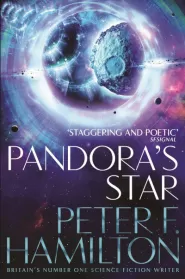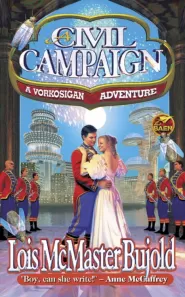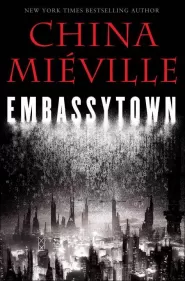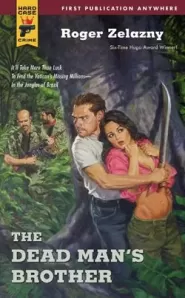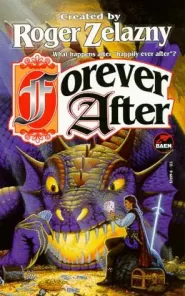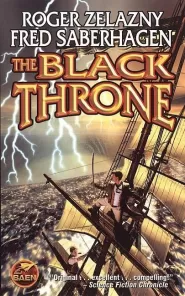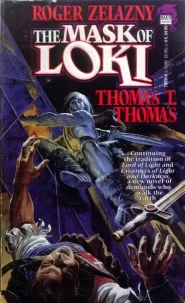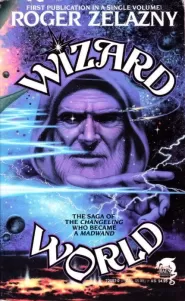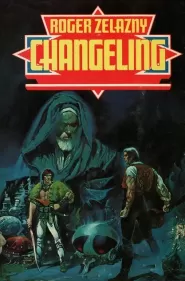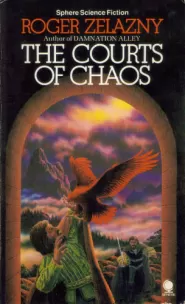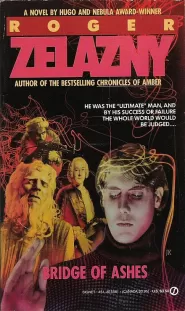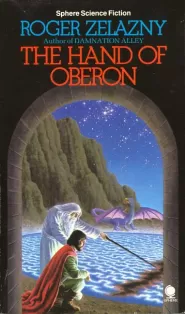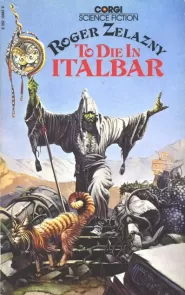Eye of Cat
A retired hunter of alien zoo specimens, William Blackhorse Singer, the last Navajo on a future Earth, has come to what he sees as the end of his life. The World Government calls upon him for aid in protecting an alien diplomat from a powerful and hostile member of his own species. Knowing both the importance of the task and his inability to handle it on his own, Singer goes to confront his greatest conquest with a strange bargain. A shape-shifting alien, the last of his species, sits in a special cage at an institute dedicated to the study of extraterrestrial beings. Most frequently he projects the aspect of a one-eyed catlike creature, but he can appear as almost anything.
One of Singer's secrets, and his greatest guilt, is his suspicion that the creature is intelligent. He confronts him and offers his own life for Cat's cooperation in saving the alien. Cat accepts, and later, their mission fulfilled, demands a refinement on the original bargain. Rather than a simple death he wants a return bout – a chase with Singer as the hunted rather than the hunter.
The gods, powers and monsters of Navajo legend provide the backdrop for the working out of Singer's fate – for the chase is as much for his soul as for his body. As he uses matter transmitters to flit from Paris to London to the Middle East to the American Southwest, he must search back into his own early life as well as the root beliefs of his vanished people and come to terms with a world that has adopted him, made use of his skills, and left him feeling that he has no place to call his own.
Readers also enjoyed
Roger Zelazny
Roger Zelazny (1937–1995) was an American writer of fantasy and science fiction short stories and novels. He won the Nebula award three times and the Hugo award six times, including two Hugos for novels This Immortal (1965) and the novel Lord of Light (1967).
Zelazny was born in Ohio, the only child of Polish immigrant Joseph Zelazny and Irish-American Josephine Sweet. In high school, Roger Zelazny was the editor of the school newspaper and joined the Creative Writing Club. He was accepted to Columbia University in New York to study English and specialized in Elizabethan and Jacobean drama, graduating with an M.A. in 1962.

